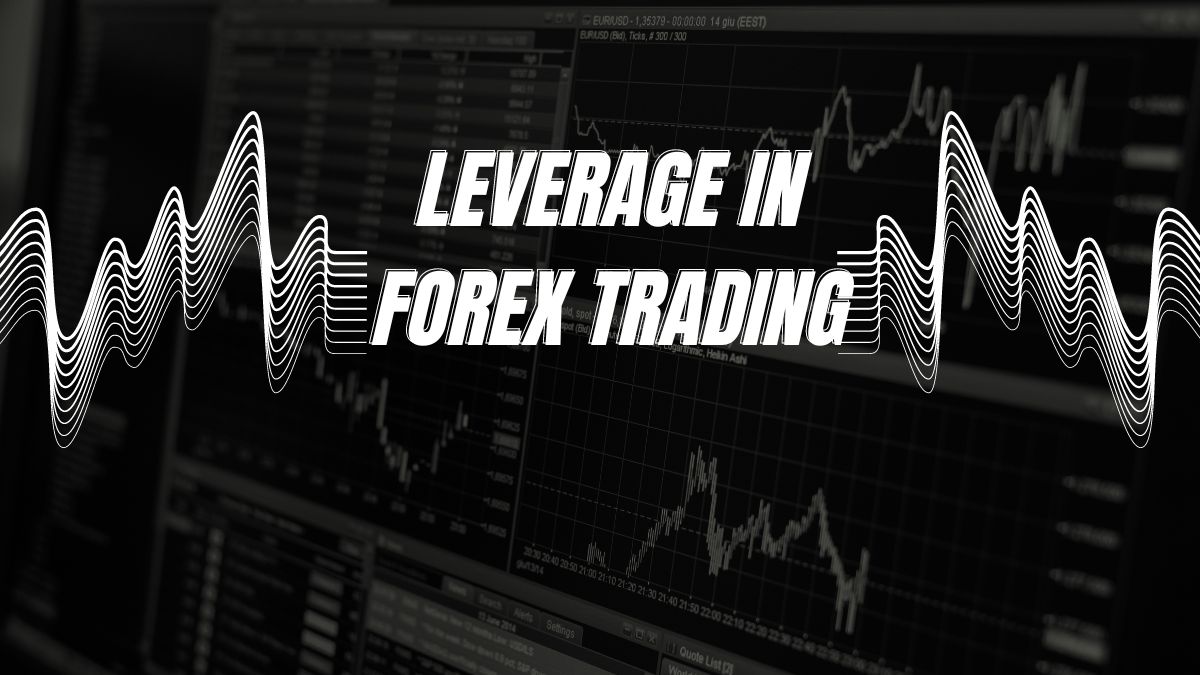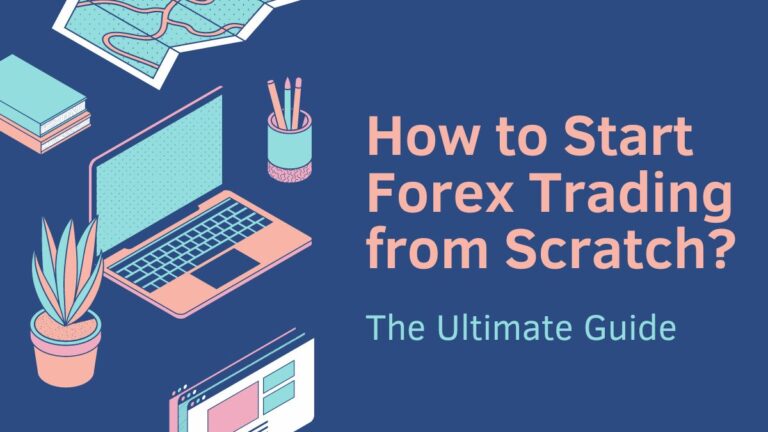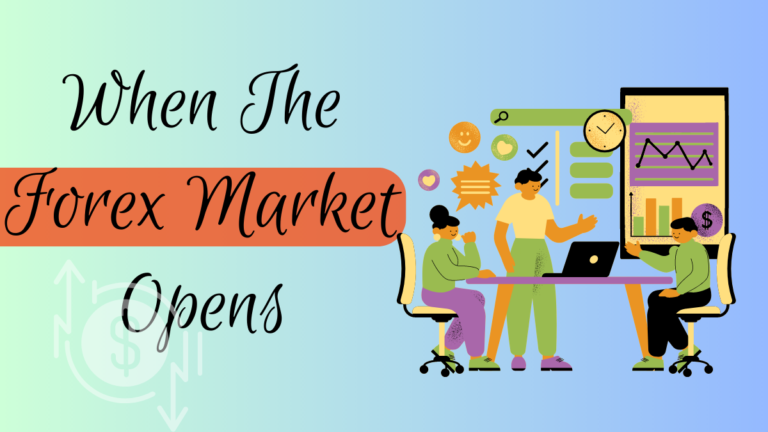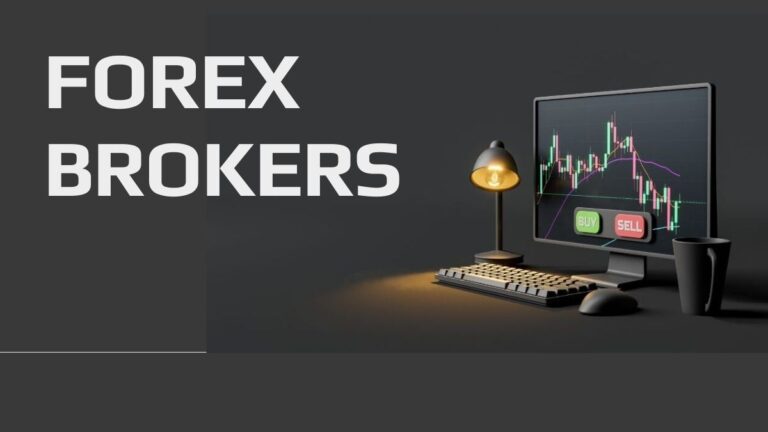Understanding Leverage in Forex Trading: A Comprehensive Overview

Welcome to the exciting world of forex trading! If you are a beginner, understanding the concept of leverage is crucial for your success in this fast-paced market. Imagine having the power to multiply your profits exponentially by using someone else’s money – sounds intriguing, doesn’t it?
In this comprehensive overview, we will unravel the mysteries behind leverage in forex trading and equip you with all the knowledge you need to make informed decisions and maximize your potential gains. So buckle up and get ready to dive deep into this fascinating topic that could revolutionize your trading journey!
Table of Contents
What is Leverage in Forex Trading?
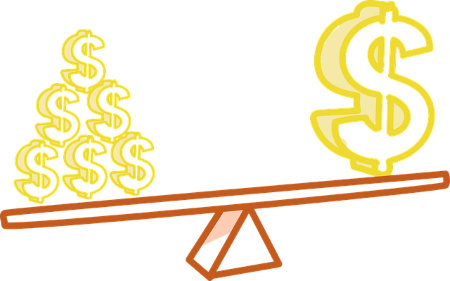
Leverage in forex trading refers to the use of borrowed capital to increase the potential return from an investment. In other words, it’s a way to magnify the gains from successful trades while also amplifying the losses on losing trades.
To understand how this works, let’s first look at an example of trading without leverage. Assume you have $10,000 in your trading account and you want to buy 1 lot of EUR/USD (100,000 units of the base currency). At the current exchange rate, this would cost you $10,000. If the price then went up by 1%, your position would be worth $10,100 – meaning you’ve made a profit of $100. But if the price fell by 1%, your position would be worth $9,900 – meaning you’ve made a loss of $100. So, in this case, your potential gain or loss is limited to $100.
Now let’s look at an example with leverage. Assume you have $10,000 in your trading account and you want to buy 1 lot of EUR/USD with 100:1 leverage (this means you only need to put down 1% of the trade value as margin). In this case, your margin would be just $100 and you could control a position worth $10,000.
If the price went up by 1%, your position would now be worth $ 10,100 – meaning you’ve made a profit of $1000 on your $100 margin. But if the price fell by 1%, your position would be worth $9,900 – meaning you’ve made a loss of $1000 on your $100 margin. So, in this case, your potential gains or losses are magnified 10 times (in this case) compared to what is seen in trading without leverage.
Leverage is often used by new or advanced traders to increase their potential return. However, it comes with high risk as losses can also be magnified and quickly exceed the initial investment. It is important to choose an appropriate level of leverage based on one’s own risk appetite and knowledge of the forex market before starting to trade with it.
How Does Leverage Affect Your Profitability?
Leverage is a tool that allows traders to control a larger amount of currency than they have in their accounts. This leverage can increase the potential profit of a trade, but it also increases the risk. Leveraged trading is not suitable for all investors, so it’s important to understand how it works and the effect it can have on your profitability.
When you use leverage to trade forex, you are essentially using borrowed money. The amount of leverage you can use will depend on your broker and the regulations in your country. For example, in the UK, retail investors can only use leverage of up to 1:30. This means that for every £1 you have in your account, you can trade up to £30 worth of currency.
While this might sound like a good thing – and it can be if used correctly – it also means that your losses will be magnified by the same amount. So, if the trade goes against you, you could lose all of the money in your account very quickly. This is why leveraging is considered high-risk and is not suitable for everyone.
If you are new to forex trading or don’t have a lot of experience, it’s advisable to start with a lower level of leverage and increase it gradually as you become more familiar with the market and how to manage risk effectively.
Different Types of Leverage
Several different types of leverage can be used in Forex trading. The most common type is financial leverage, which is when you use borrowed money to finance your trades. This can be done through a Margin Account with your broker.
Another type of leverage is mechanical leverage, which is when you use tools or technology to increase your trading volume. For example, you might use a trading robot to automate your trading decisions.
There’s emotional leverage, which is when you let your emotions guide your trading decisions. This is generally considered to be a very bad idea, as it can lead to impulsive and irrational decisions.
Pros and Cons of Leverage in Forex Trading

When it comes to Forex trading, there is no one-size-fits-all answer when it comes to the question of whether or not to use leverage. Each trader must carefully weigh the pros and cons of using leverage in their trading strategy. That said, here are some of the key pros and cons of using leverage in Forex trading:
Pros.
- Leverage can help you gain exposure to a larger market than you would be able to access with your capital alone.
- Leverage can provide you with the potential for greater profits as it essentially amplifies any price movements in the market.
- Leverage can offer you a way to trade with less capital than what would be required if you were trading without leverage.
Cons.
- While leveraged trading can lead to greater profits, it also magnifies losses. This means that leveraged traders need to be extra careful in managing their risk.
- In some cases, brokerages may require traders to put up more collateral (in the form of margin) when trading with high levels of leverage.
- Some traders may feel uncomfortable with having too much capital tied up in one position – this is often referred to as “margin call risk”
Risk Management Strategies for Leveraged Forex Trading Accounts
As with any investment, there is a certain amount of risk involved in leveraged forex trading. However, there are several strategies that investors can use to manage this risk and protect their capital.
One of the most important risk management strategies is to always use stop-loss orders. A stop-loss order is an instruction to close out a trade at a certain price point, to limit losses. This price point should be chosen carefully, based on an analysis of market conditions.
Another key strategy is to diversify one’s investments. This means not putting all of one’s eggs in one basket, so to speak. By investing in a variety of different currency pairs, investors can minimize their risks.
It is also important to keep emotions out of trading decisions. Greed and fear can lead to impulsive decisions that can be costly. Instead, trading should be based on sound analysis and logic.
By following these risk management strategies, investors can help protect themselves from potential losses in leveraged forex trading.
Key Takeaways from Leverage in Forex Trading
- Leverage is a powerful tool that can help you maximize your profits in forex trading.
- However, it is important to use leverage responsibly and understand the risks involved.
- Make sure to do your research and practice with a demo account before using leverage in live trading.
- Understand different leverage ratios and how they can affect your trades.
- Leverage can be a powerful tool, but it should not be taken lightly. Use caution when deciding to use leverage, and never risk more than you can afford to lose.
- Always use a stop-loss order when using leverage to minimize your losses if the market turns against you.
Conclusion
Leverage is an essential concept in Forex trading, and it can allow you to maximize your profits even with limited capital. However, it’s important to understand that leverage comes with risks as well. Forex brokers offer a variety of leverage ratios for traders, and it’s important to choose one that matches your risk appetite. By understanding the basics of leverage and how it works, you’ll be better prepared for the realities of trading in this highly volatile market.
